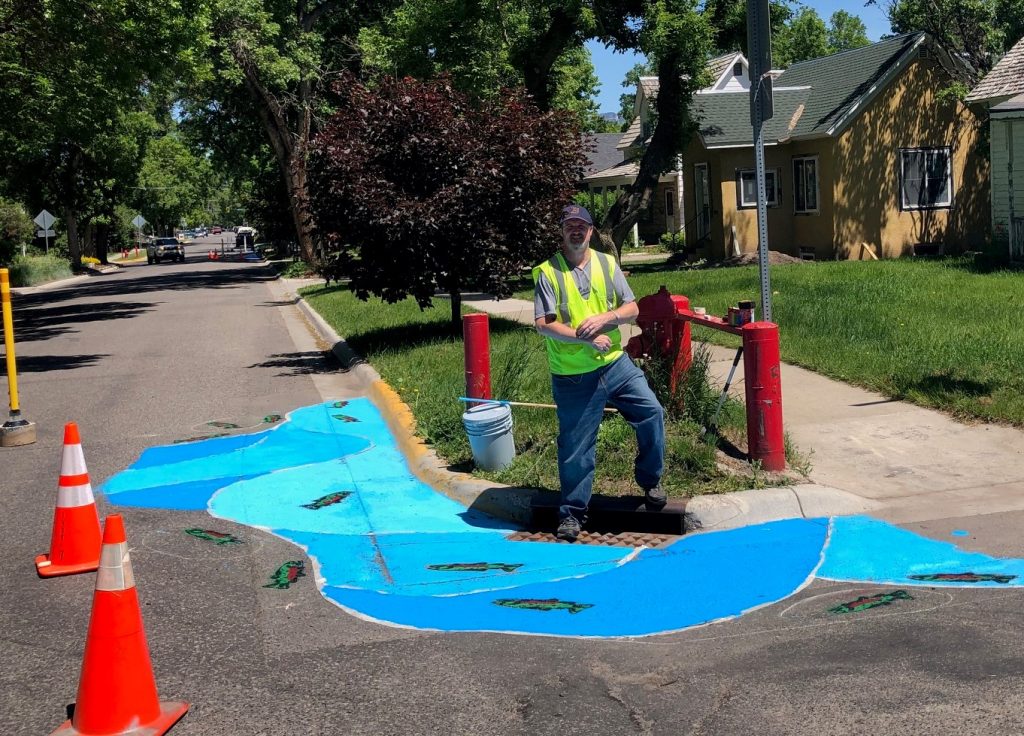IN THE NEWS: WTI Researcher Plans Traffic Calming Project in Big Sky, TPF-5 Sparking Public Interest
Matt Madsen Interviewed in Explore Big Sky WTI Researcher Matt Madsen, along with the Big Sky Community Organization (BSCO), is spearheading a traffic calming project in the heart of Big Sky, Montana. Madsen describes the upcoming project in the Explore Big Sky article “Traffic calming project set for Ousel Falls Road,” as well as participation […]
PROJECT News: Scan of Communities with Fewer than 10,000 People finds Biking/Walking to be “Wheelie” Popular
Walking and bicycling have become increasingly popular transportation modes as people consider the positive impacts of active living. While there are examples of large, urban areas driving the implementation of infrastructure to support these modes within their jurisdictions, communities with populations smaller than 10,000 people may have limited infrastructure and know-how. Since 84% of communities […]
A Calming Presence – Street Art Aims to Slow Neighborhood Traffic

Two intersections in downtown Bozeman have unusual new inhabitants – brightly colored trout that swim and leap through a water mural painted right on the street. Neighbors, volunteers, and educators helped create the installation, which is intended as a traffic calming measure to slow down cars traveling through this residential neighborhood. It is the most […]
